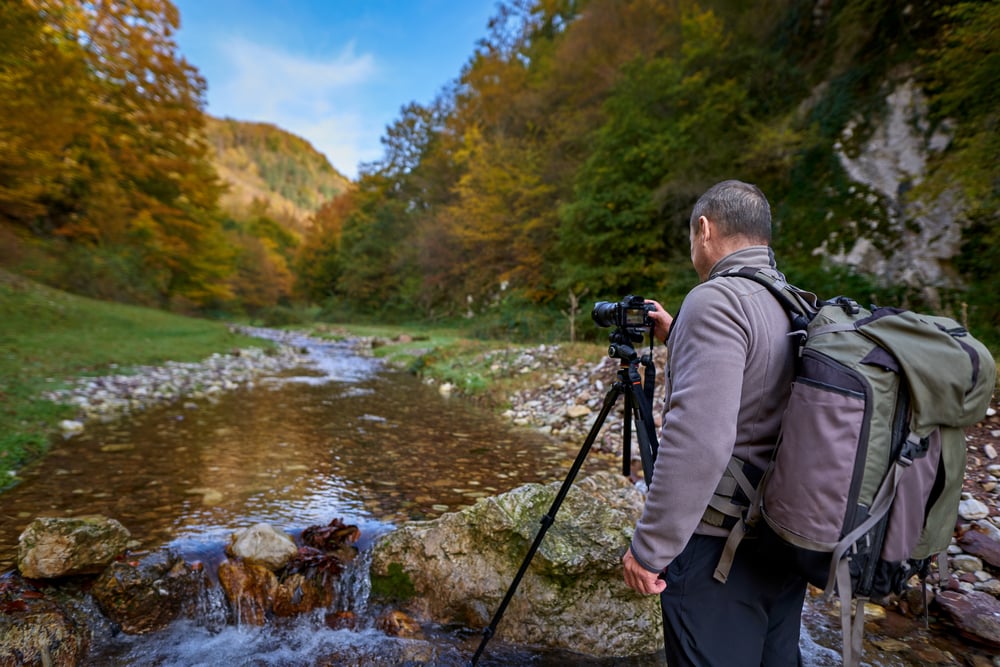Just before you start learning photography, you face the difficult dilemma, which camera do I want or need?
The selection is huge and the choice is very difficult, so let’s try to do some order in all that mess – what to do and what not to do.
Before you run to choose your next camera, let’s talk about some things that are important to pay attention to.
Here are 7 tips to help you choose your camera in 2024 and beyond.
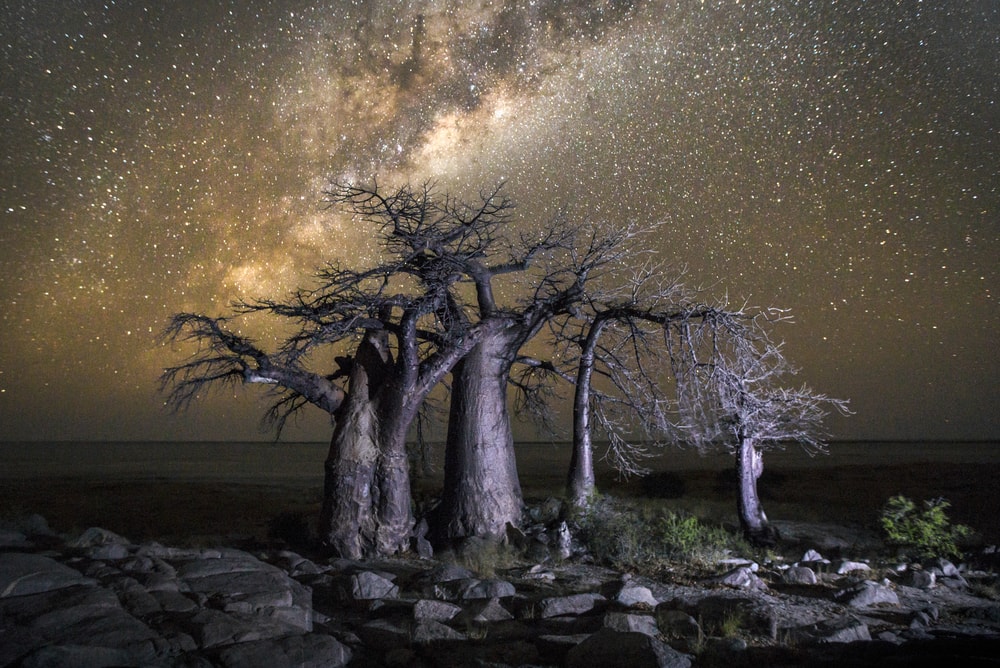
Define your Budget
The first parameter you need to make a decision about is, what budget you can, or want to invest in purchasing a camera (and, as you will soon discover, you will need to leave some extra money for additional accessories).
Make a decision on the budget before you start looking for a particular model, after all, there are huge differences in the cameras that are relevant to you according to the price range you will define.
You can decide that you are looking for a second-hand camera starting with costs ranging from $500-$1500 compared to expensive and professional cameras that reach $3000-$5000 and more.
The range of your options is huge. Our recommendation for your first purchase would be to invest in the mid-range between $1500-$3000 and within this budget include all the initial equipment: camera, lens, photo bag, and memory card. You can also add additional equipment such as a card reader, an additional battery, a tripod, etc.
Types of Camera
Now that you have a budget and even a favorite store, it remains to choose the type of camera.
Since you intend to learn photography, our recommendation is to choose between DSLR or mirrorless. Let’s do some tidying up.
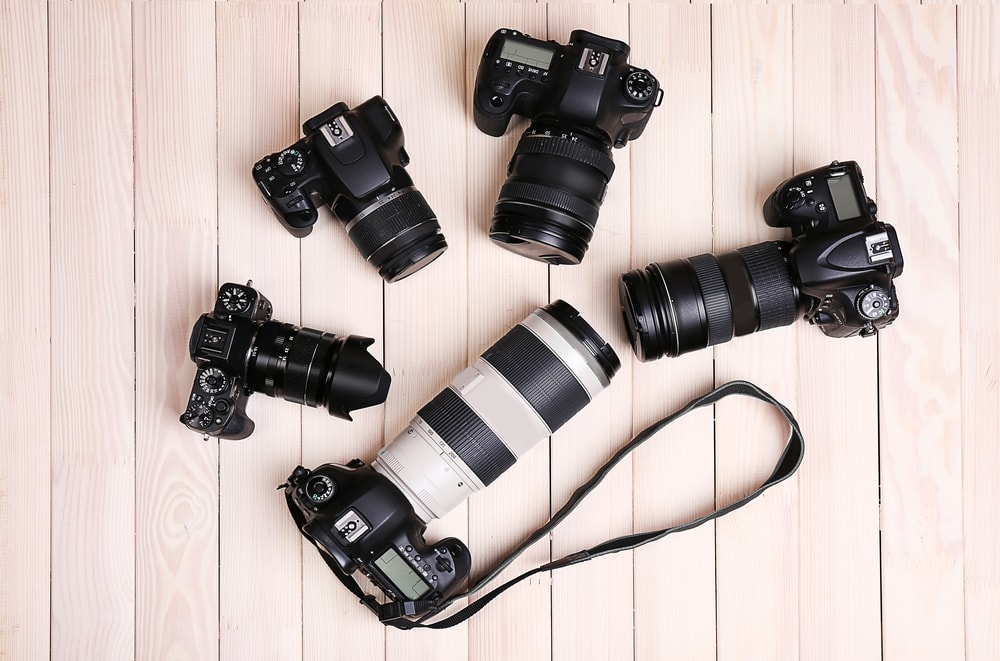
DSLR – reflex cameras
DSLR cameras are the oldest and most common type of camera in recent years. Cameras with an optical viewfinder with which you take pictures. This type of camera has many advantages such as a wide selection of models, lenses, and related equipment. The operation of the camera varies between the different companies and models, and of course, they allow full manual control over the photography.
A significant drawback is their weight, and they are considered to be the previous generation of cameras.
Mirrorless cameras
Mirrorless cameras are the next generation of cameras, and apparently, the world is going in this direction. In this type of camera, what you see in the viewfinder or on the screen is the actual image you will get. The digital viewfinder is a distinct advantage over the optical viewfinder in DSLR cameras. Usually, newer cameras, have a smaller body and are therefore also lighter, on the other hand, the battery life is shorter, and we highly recommend at least one extra battery.
As we said, it seems that the camera companies are going more and more in the direction of mirrorless cameras, but on the other hand, we would not eulogize the good old DSLRs.
Of course, there are more types of cameras you can take into account:
Micro Four-Thirds Cameras
Micro Four Thirds cameras are a type of mirrorless cameras that cover a wide range of styles and features, but they share one thing in common — their sensor sizes. they’re also known as Micro 4/3, M4/3, or even as MFT.
Basically, these Micro Four Thirds camera is akin to a smaller-style interchangeable lens camera.
and, from an ergonomic standpoint, Micro Four Thirds sensor cameras are miniaturized versions of DSLRs and mirrorless cameras, and their lenses are more lightweight and cost-effective.
It is important to remember that a more compact camera system may not be suitable for everyone, as it can feature controls that are too close together and a less ergonomic grip which may be difficult to manage for those with larger hands.
Although Micro Four Thirds cameras are equipped with Micro Four Thirds sensors, which can limit their capability, they remain a popular choice among amateur and professional photographers alike in 2024.
Point-and-Shoot Cameras or Compact Cameras
Compact cameras are renowned for their portability and convenience, making them an ideal choice for those who want to have a camera on hand at all times. Their small size makes them perfect for everyday use and a great alternative to camera phones.
Given the high quality of photos that can be taken with modern smartphones, it is essential to choose a compact camera with superior image quality or capabilities not included in a smartphone.
These features may include a zoom lens, improved low light shooting capability, rapid burst shooting, RAW capture capability, etc.
Compacts cameras and small mirrorless cameras can be somewhat similar, however, a point-and-shoot camera is typically defined as one with a fixed lens that cannot be replaced.
Bridge Cameras
Bridge cameras offer a useful combination of features, allowing users to enjoy the high magnification zoom lenses and manual controls of DSLRs, but without the bulk of a full-frame system. Their smaller size compared to DSLRs, yet greater functionality than compact cameras, makes them a great choice for those looking to bridge the gap between the two.
Bridge cameras offer an attractive all-in-one solution for enthusiast photographers, providing the convenience of a long zoom range without the need to switch lenses.
They usually feature small image sensors, like the ones you can find in compact cameras. Electronic viewfinders (EVFs) and rear LCD screens are often the favored method for image composition and capture, as opposed to the optical viewfinder (OVF).
Action Cameras
Action Cameras are typically compact, waterproof, and durable. They are designed to primarily capture video footage.
An action camera might not be the best choice for photography as the image quality is typically inferior to that of a standard smartphone and can be distorted due to the wide-angle lens.
The advantage of GoPro-style action cameras is significant, as they can be easily attached to a body or helmet, providing a distinctive viewpoint from a first-person perspective.
Although rugged and waterproof compact cameras are available, their image quality typically does not match that of modern smartphones.
Which company is better?
In the photography world, there’s always the eternal question: which company is better?
It’s unpleasant to say, but it really, really doesn’t matter. In the end, the camera does what the photographer asks and sets it to do.
Choose what is convenient and easy for you to operate. We recommend, certainly at the beginning, buying a camera from the more common companies such as Nikon, Canon, and Sony, mainly because of the accessories, with an emphasis on the portfolio of lenses the brand has.
A Quick overview of the biggest cameras brands out there:
Canon
As the leading photography provider, Canon offers an extensive range of support to photographers of all levels, from the novice to the expert (1).
Canon is known for its extensive range of lenses, from EF, EF-S, EF-M, and R lenses to the sought-after L-series lenses, distinguished by their red ring.
Canon DSLR lenses generally offer a more cost-effective option when compared to Nikon, with a greater selection of specialty lenses available, including tilt-shifts, prime lenses with f/1.2 apertures, super telephotos, and other varieties intended for professional use.
For those just starting out in photography, Canon offers an extensive line of cost-effective lenses, beginning at just $100. Canon’s mainstream products are its compact and DSLR cameras, with great options for entry-level DSLRs at approximately $500.
Canon has recently entered the mirrorless market, launching their first full-frame model in 2018. However, their lens selection is limited and expensive in comparison to competitors.
Canon is an excellent choice for both compact and DSLR cameras. For those seeking a higher level of performance and quality, the Mirrorless R-Series cameras provide an ideal solution.
Nikon
Nikon is a well-known brand in the photography industry, with a smaller market share than Canon. They offer an extensive range of DSLR cameras, from basic models for novices to advanced bodies for professionals (2).
Nikon offers an extensive range of DSLR lenses, albeit not as extensive as Canon’s selection. There are numerous budget-friendly options available for novice photographers, with prices beginning at approximately $100.
Nikon offers a variety of lenses that are designed for use with either APS-C or full-frame sensor formats, with their DX and FX lines, respectively.
Nikon offers an extensive range of cameras, with the most sought-after being DSLR and compact models. A quality entry-level Nikon DSLR can be acquired for approximately $500.
Nikon’s entry into the realm of full-frame mirrorless technology was relatively recent (2018), offering a range of bodies and lenses that are of high quality, albeit with a price tag to match.
Nikon’s D-series DSLRs are renowned for their superior quality, making them an ideal choice for aspiring professionals. And the brand’s Z-series mirrorless cameras are also a very impressive option for those with the budget to invest in such a product.
Sony
Sony is a leading manufacturer of mirrorless and premium point-and-shoot cameras, with their Cyber-shot line remaining highly sought-after. They are continually introducing new models to the market, with fresh iterations released on a regular basis (3).
Sony is known for its cutting-edge technology, with its Alpha mirrorless cameras leading the industry in terms of auto-focus performance.
Sony’s full-frame mirrorless camera is known for its superior battery life compared to other brands in the industry. However, when it comes to lens selection, Sony cannot compete with that of Nikon and Canon, with fewer options available and higher price points for entry-level products.
For those with tighter budgets, there is still a variety of cost-effective APS-C mirrorless cameras to choose from. For those looking to invest, Sony Alpha full-frame cameras offer a top-class choice.
Additional camera parameters
The cameras today are sophisticated and usually, most of the parameters might not be as straightforward for beginners.
Avoid trying to read and understand every parameter and making endless comparisons, as this will only make your decision more difficult. Your camera should be suitable for your needs and not be too advanced for your current skill level.
Interchangeable Lenses
After you’ve decided on a camera model, now choose the best lens you can afford according to your budget.
Investing in high-quality interchangeable lenses will be worth it in the long run, as the quality of photography is often determined more by the lens than the camera body. we even recommend that you choose a cheaper body with a higher-quality lens.
And yet which lens to choose to begin with?
We recommend starting with zoom lenses in the ranges between 18-135 mm and 18-200 mm or everything in between.
Note that the camera usually comes with a kit lens, which is usually of relatively low quality, so it’s worth looking into buying a body and a lens separately, or a set with a higher-quality lens.
Follow the rule that will help you understand the quality of the lens: the SMALLER the number indicating the aperture key, the BETTER the quality.
Important Camera Accessories
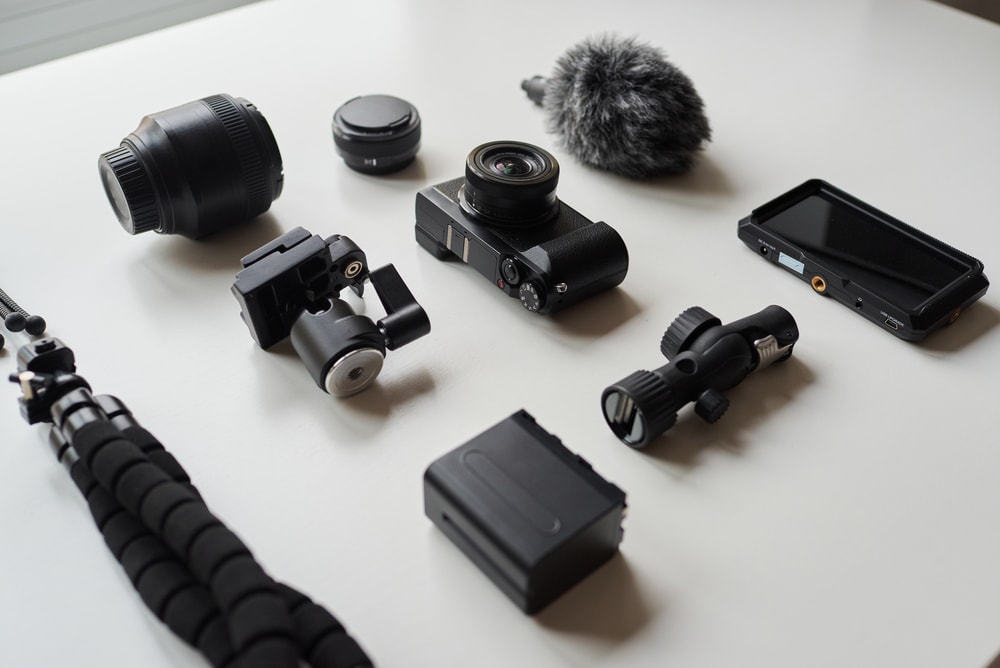
As mentioned above, buying a camera does not end with just buying the camera. You have already understood that there are some extra accessories such as lenses, but there are a few more important things, such as a photo bag that has to be suitable for your daily use, as it will contain all the equipment you buy.
Here are a few more things you should add to your equipment list:
Memory card – You have to start with one card at least, but we recommend at least one more card to Increase storage capacity in case the first card runs out of space, or for backup (highly important).
Make sure to purchase a good quality card (the speed of the card is an important factor for a quick response) from a known and reliable manufacturer (there are quite a few imitations). At first, you really don’t need the most expensive cards.
Card reader – we recommend not connecting your camera to the computer directly, because it’s usually slower, and you can experience compatibility issues, and even hurt your data in some cases. So you need to find a way to transfer the photos from the memory card to the computer. if you don’t have a computer connection, this is the time to buy a card reader.
Extra battery – it is recommended to buy an extra battery, especially if you have chosen a mirrorless camera model. You won’t believe how annoying it can be that the battery runs out exactly 5 minutes before sunset.
A tripod – it’s a luxury to buy a tripod in the first purchase, but if you decide to buy one, in the beginning, you can go for the cheaper tripods, and pay attention to the issue of weight. Remember that you need to carry this equipment with you.
As you must have noticed, we did not specify a specific model of camera and on the other hand, we provided you with enough information to understand what is right for you specifically.
Where to buy?
Many people tend to purchase cameras from Amazon, B&H Photo, and Adorama, as there are numerous local and online retailers offering a wide selection of options.
When shopping online, it is impossible to physically feel the product, however, the retailers outlined above offer free returns, giving you the opportunity to try the camera and exchange it for an alternative should it be required.
In conclusion, buying your first camera is a thrilling and exciting process, so do your homework.
Define an initial budget for yourself and do not exceed it. It is very easy to be tempted by the offers of sellers and end up with expensive photography equipment that you really don’t need in the first place.
Remember that you have to invest in the best lenses you can afford, but there are other accessories that you need when you go out shooting for the first time.
And most importantly, remember – it is not the camera that makes the picture, but the photographer who holds it.
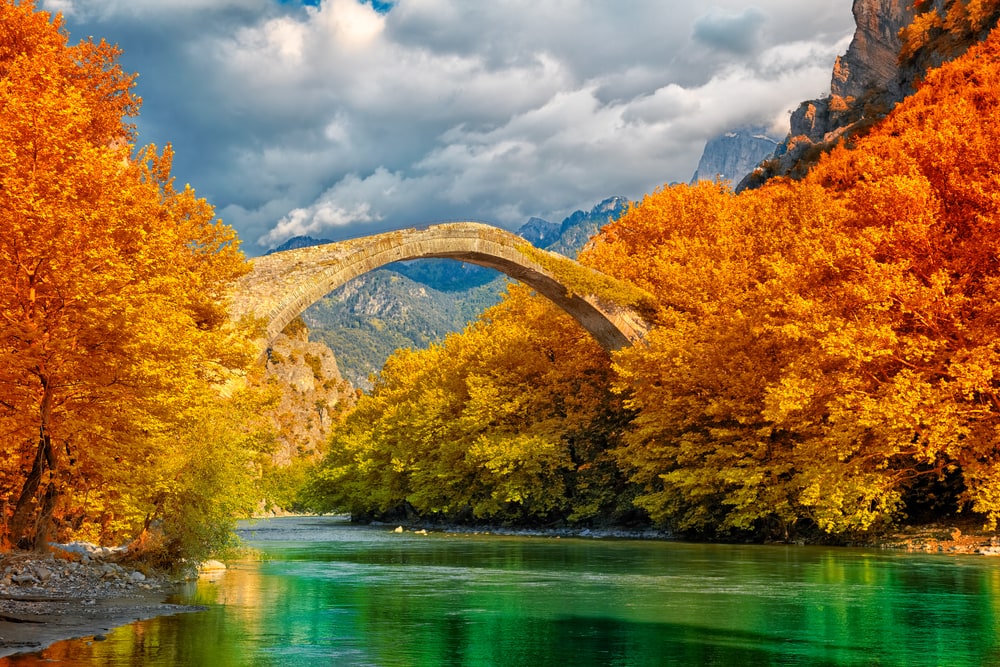
Welcome to the world of photography.

